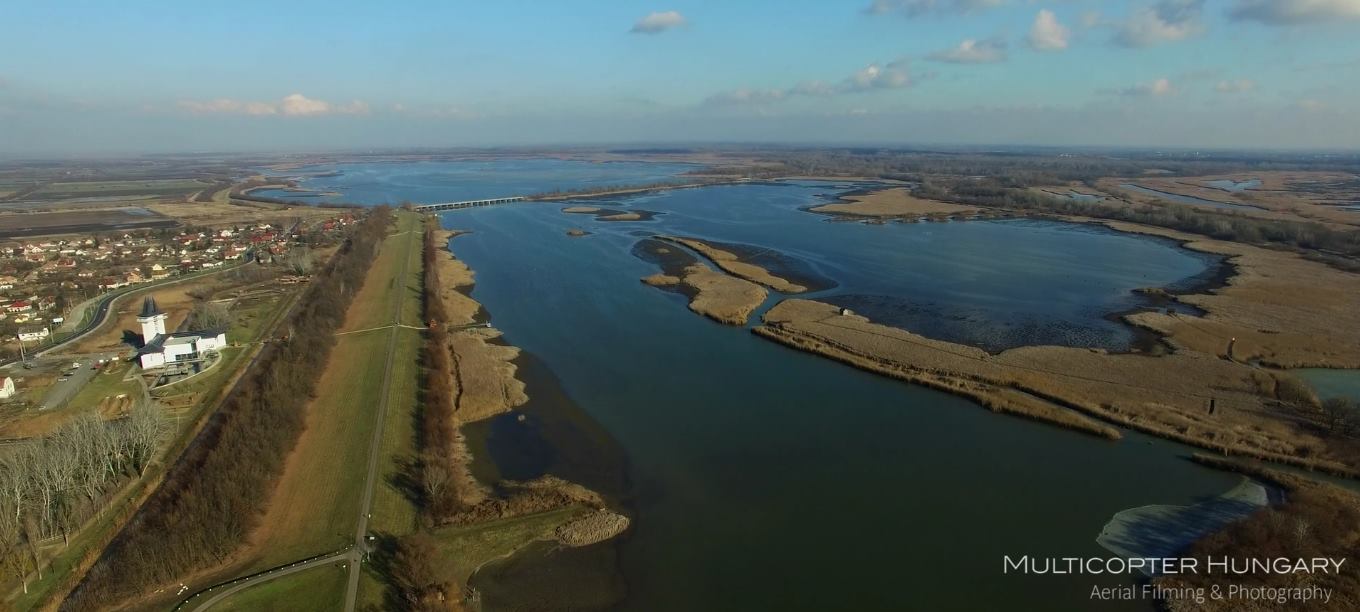Hungary’s most popular lakes at risk due to severe water shortage – Lake Balaton also under threat

Hungary’s most popular lakes may be drained due to a severe water shortage, and Lake Balaton is also in trouble. Recently, Hungarian media suggested that anyone looking to purchase a holiday home offering good value for money might want to consider the Lake Tisza area instead of the ever-popular Balaton or Lake Velence. However, with severe drought, insufficient water replenishment, and high agricultural water demand, Lake Tisza as we know it could change significantly—or even disappear. Lake Balaton is also facing major issues.
One of Hungary’s beloved lakes could be drained
The Great Hungarian Plain, vital for the country’s agricultural output, is facing serious trouble: June brought almost no rainfall, leaving the soil dangerously dry and threatening crop production. Combined with dramatically reduced water flow in Hungarian rivers and soaring evaporation caused by recent heatwaves, the demand for irrigation water has sharply increased around Lake Tisza—and practically across the nation. Notably, a portion of the city of Szolnok’s water supply also comes from this lake.
- Lake Tisza region emerges as a budget-friendly alternative for property buyers in Hungary

Originally a patchwork of farmland, pastures, and cut-off meanders of the River Tisza, the area now known as Lake Tisza was created in the 1970s when the river was dammed at Kisköre. Over the years, the area underwent several tourism development projects, transforming it into a popular destination for swimming and recreation. Yet, its primary function remains to support agricultural irrigation. In dry years, tourism could quickly take a back seat.
- A unique village was built in Hungary – PHOTOS
It is no surprise that Attila Lovas, head of the Middle Tisza District Water Directorate (Kötivizig), recently announced that if there is no improvement in hydro-meteorological conditions soon, Lake Tisza’s reserve water may need to be utilised to meet demand. “In that case, we must prepare for a gradual drop in water levels in the lake,” he added.

Fortunately, before the onset of this dry period, extra water was stored in the lake, meaning the ecosystem will not be immediately disrupted. Still, in extreme scenarios, visible consequences from falling water levels could follow. The good news: a cold front has arrived in the country today, and forecasts predict substantial rainfall for the parched plains.
- Hailstorms, strong winds, and unseasonal chill: the long-awaited cold front is arriving—here’s what to expect this week
Lake Balaton faces serious challenges too
Dr Viktor Tóth, senior researcher at the HUN-REN Balaton Limnological Research Institute, recently raised the alarm in an interview with Hellovidék about the current and future state of Lake Balaton. Over the past 150 years, the lake’s temperature has risen by 2.2°C—most of that within the last 30 years. He noted that such a temperature increase is comparable to how we feel when our own body temperature reaches 38.6°C.
- A sad day in Fonyód: one of Balaton’s most scenic viewpoints is disappearing

Tóth also pointed out that the lake’s increasing algae levels may be linked to the shrinking reed beds, as well as human interference—most notably, water level regulation. However, researching these interconnected issues properly would require more funding, which is currently lacking—even as climate change inches towards becoming the defining issue of the next two decades. With greater investment and a larger research team, action plans could be developed to protect Hungary’s lakes and rivers, tailored to local conditions rather than relying solely on foreign models.
Lake Balaton: a Mediterranean-type lake
According to Tóth, Balaton could soon resemble a Mediterranean lake, meaning algal blooms will likely become a frequent issue. “The question is: who will want to come to a place where the water quality is poor?” he asked, framing the billion-forint question from a tourism perspective. But algae are not just a concern for visitors or tourism revenue—they represent a major threat to the lake’s ecosystem. If a single species dominates, Balaton becomes dangerously fragile.

He believes ecosystems are chaotic systems, and we may now be at a point where even minor disruptions can cause drastic, unpredictable changes. Potential disasters—such as mass die-offs of fish or birds—could occur simultaneously..
Read more about Lake Balaton HERE.
Featured image: Aerial view of Lake Tisza. Source: HERE.
To read or share this article in Hungarian, click here: Helló Magyar







